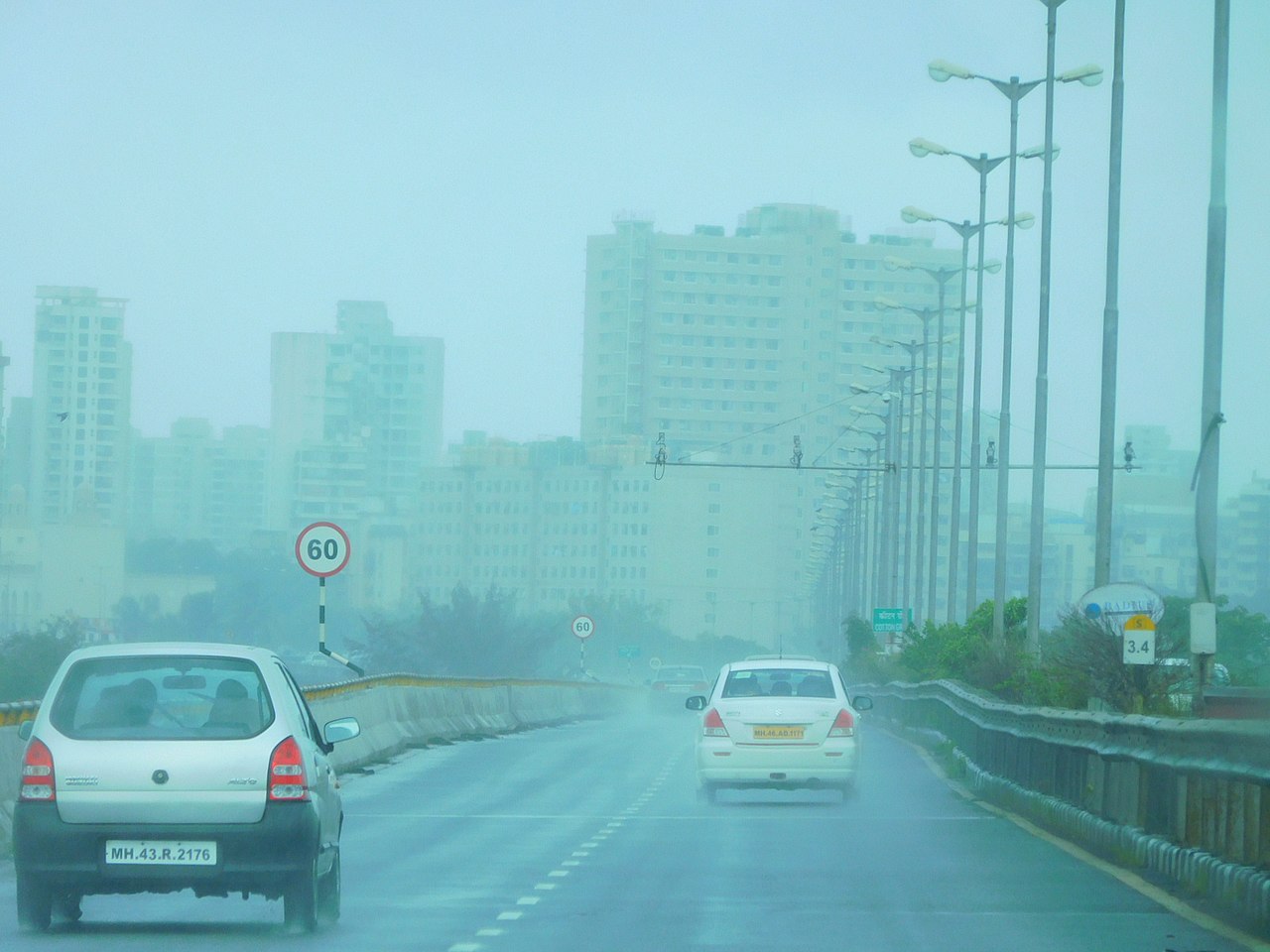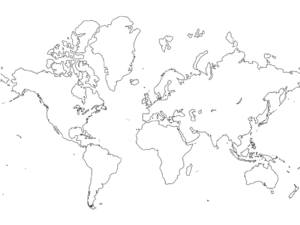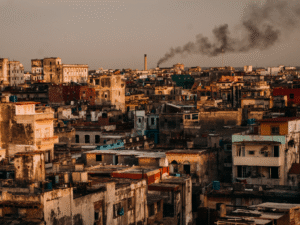Exploring a little deeper into haze and air pollution, I came across a few articles on people’s day-to-day experiences. There was one which said a marathon runner, who has run over 100 marathons, cut down his run from a usual full marathon to a 10-kilometer one for the annual Mumbai Marathon in January 2025. When asked for his reasons to do so, he mentions that it is due to climatic conditions. He goes on to say that in addition to being diabetic with sugar conditions, the pollution in the air interferes with the breathing pattern, contributing to greater exhaustion. While writing this blog, to get a first-hand opinion, I casually asked a colleague who is an amateur runner, about her experience as a runner here in Mumbai and she agreed on the fact that her run in February 2025 as compared to her runs in the summer months was much more strenuous as it was winter season. An NGO, Awaaz Foundation, had installed sensor-based monitors on the marathon route to record air pollution a few days before the Mumbai marathon 2025 and flagged that the PM2.5 levels were exceeding safety limits. Considering this, the state Pollution Control Board deployed measures to combat the pollution levels to ensure better air quality.
The Tata Mumbai Marathon is traditionally held in the month of January, aligning with cooler weather and global marathon calendars. Considering the weather in Mumbai being humid and sultry, planning the marathon in January is the best case scenario when viewed from a comfort point of view. However, in recent years, air pollution and seasonal haze during winter months have raised significant concerns for participants’ health and safety. But, rescheduling the marathon to other months in a year will be of inconvenience to the runners due to the hot and humid weather of Mumbai. Having to choose between the health risks caused during winter months and the convenience to run during the winter, an untoward choice now needs to be made.
While the above is just a single example, similar instances show that many of the daily activities are disrupted due to haze caused by air pollution. Haze can last from a few hours to several days, depending on the weather and sources of pollution. The pollutant particles interfere with light, especially in the visible spectrum, scattering short wavelengths and reducing the clarity of objects viewed through the air. Daily activities like driving or walking become riskier because it’s harder to see long distances through the haze. Sports, jogging, cycling, or even casual walks may be postponed or cancelled. Clothes, furniture, and vehicles can gather fine dust more quickly during hazy days. Haze can also carry an acrid or smoky smell that makes the environment unpleasant.
These show micro-level impacts on daily life, while there are larger, city, state, national and global impacts due to air pollution.


